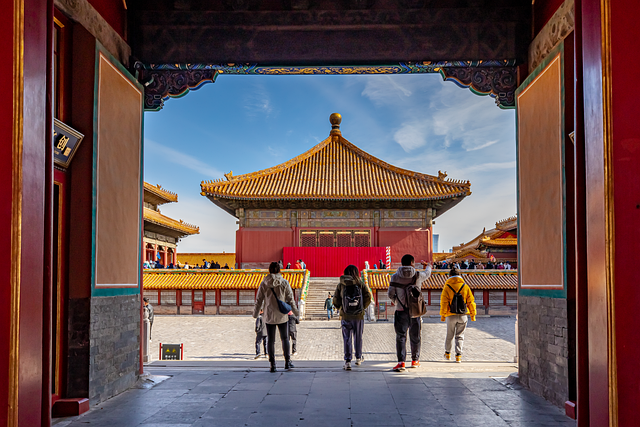In the realm of building photography, each structure tells a story, a narrative crafted through the intricate lens of camera optics. The art of capturing architecture involves more than just pointing a camera at a magnificent edifice; it’s about perceiving layers of detail, structure, and emotion through the viewfinder.
Every building stands not just as a physical entity but as a canvas painted with history, dreams, and aesthetics. When we approach photography in this genre, it invites us to peel back those layers, to examine the interplay of light and shadow, and to appreciate how different camera settings can transform the perception of a structure. The choice of optics plays a pivotal role here. Wide-angle lenses can exaggerate the scale and grandeur of a building, while telephoto lenses can compress depth and highlight intricate details that often go unnoticed.
Furthermore, the way we engage with our subjects is influenced by the optics we choose. A prime lens, for instance, often offers a sharper image with beautiful bokeh, drawing the viewer’s eye to essential features of the building while softly blurring the distracting elements in the background. This subtle separation creates a layering effect that encourages the observer to delve deeper into the narrative presented in the photograph.
As photographers, we must also consider the time of day and the changing qualities of natural light. Golden hour bathes a building in warm, inviting tones, highlighting its textures and contributing to the emotional resonance of the photograph. Conversely, shooting in overcast conditions can evoke a moody atmosphere, enhancing the layers of contrast and depth. Each setting transforms the mood of the image, allowing the viewer to experience the architectural marvel in a way that resonates personally.
Exploring building photography through the lens of different optics also enables us to express our unique perspectives. The choice of focal length, aperture, and even the angle of capture can convey varied emotions and interpretations. A low, ground-level shot may invoke a sense of awe at a towering skyscraper, while a high vantage point could frame the building within its urban surroundings, revealing its relationship with the city.
Ultimately, the magic of photography lies in its ability to convey layers of meaning and perspective. Building photography, when engaged thoughtfully, allows us to not only capture the essence of a structure but to invite others to experience it anew. With every click of the shutter, we are not just documenting; we are weaving together stories that transcend time, place, and audience, inviting them to explore the layers that lie beneath the surface.



